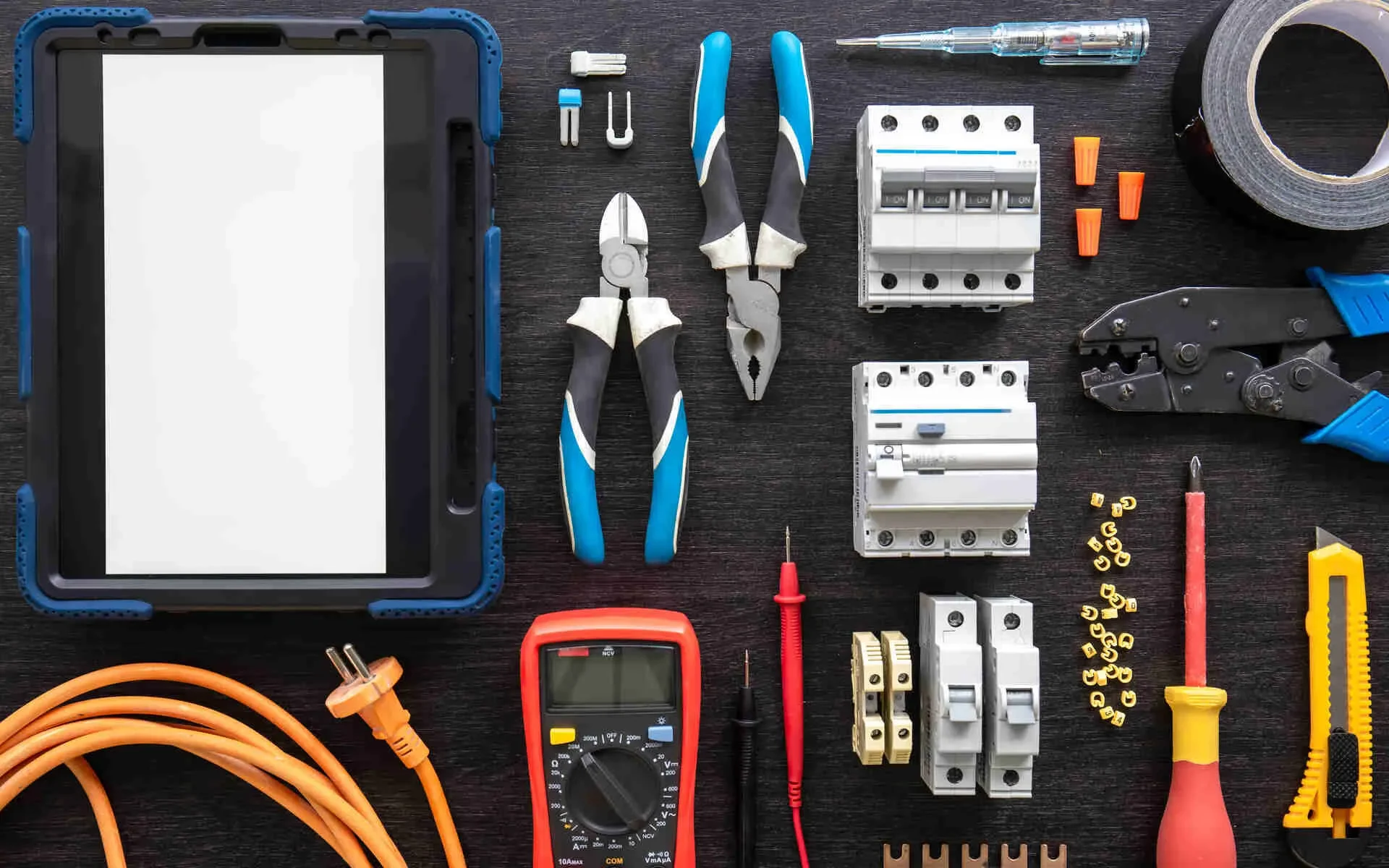

Unexpected product delays can cost you thousands and damage the relationships you’ve worked hard to build with your customers.
Dealing with out-of-stock products and procurement delays is more than a setback; it can be a major risk that prevents successful project completion.
Your electrical or HVAC business needs a stronger, more strategic buying process that accounts for the multiple risks impacting your supply chain.
Let’s discuss these risks and explore a few proven trades supply chain strategies to mitigate them.
There is an ongoing copper shortage. Production for this raw material (used in wiring) is down, as mines dry up and demand continues rising, partly due to electrification and the data center boom.
Your vendors rely on a complex network of suppliers to buy the raw materials and intermediate goods they need to manufacture the products you purchase.
Getting some of these materials can be difficult, leading to slower production and low inventory levels.
The need for skilled labor is affecting manufacturers and logistics companies at every stage of the supply chain:
Many hope technology could ease these labor shortages by allowing existing workers to get more done with tech tools.
If you’ve been following supply chain news, you know that congestion affects most ports. Weather events, the Red Sea Route being too dangerous to use, and ships having to wait days before they can dock have become realities.
A new development is that trade tariffs mean some importers buy in higher volumes (to avoid paying more in tariffs later), and collecting these taxes creates an additional challenge for customs agents without a tariff-collection infrastructure.
Floods are the top natural risk that supply chain experts worry about, followed by wildfires. Geopolitical factors, like conflicts or increased regulatory pressure in some parts of the world, can also hinder sourcing.
These factors have one thing in common: They’re hard to predict. When disruption happens on such a large scale, buyers often switch to suppliers in other parts of the world, who might lack readiness and face delays and supply chain shortages.
Buying trends change over time, but sudden shifts can leave vendors unprepared and unable to keep up with increased demand.
Although these supply chain risk factors may be outside your control, you can build a procurement process with strategies that lower your risks.
Dealing with disruptions has pushed suppliers toward data-driven processes. You can join this digital supply chain by sharing data with your vendors.
This gives you insights into their inventory and pricing, and you can uncover potential production or shipping challenges before they impact you.
Tech tools also support more innovative inventory management:
Prepare for the worst-case scenario by having backup options. This can be a pre-approved vendor you can switch to if your usual supplier can’t fulfill an order or a list of alternative products.
Some contractors are going further with backup business plans – for instance, you could focus on offering HVAC maintenance plans if new installations are tough due to a shortage of AC units.
Supply chain challenges lead to higher procurement costs and can reduce your profits. Focusing on financial risks can make a difference.
Lastly, financial planning can help mitigate your risks. If possible, create a buffer budget with money earmarked to cover unexpected procurement costs.
Building a reactive and risk-adverse supply chain isn’t a one-time event. It’s an ongoing process that requires close attention to the electrical or HVAC market.
Raiven is bringing contractors and suppliers together to build a modern, resilient, and connected supply chain for the trades.
As a member, you’ll get access to pre-negotiated savings and a large pool of vetted products and suppliers. If something is out of stock or fluctuates in price, Raiven’s convenient buying tools allow you to find an alternative, making your procurement process more reactive while cutting costs.
Raiven is on a mission to transform buying for the trades. Our innovative platform connects contractors, enterprises and suppliers into a digital supply chain network.
The goal is to simplify sourcing, reduce costs and unlock operational efficiency. New business opportunities become available, and you can scale faster.
Stop wasting time and money on inefficient procurement! As a Raiven member, you’ll get access to:
Visit Raiven for more information on protecting your supply chain from material availability issues.
